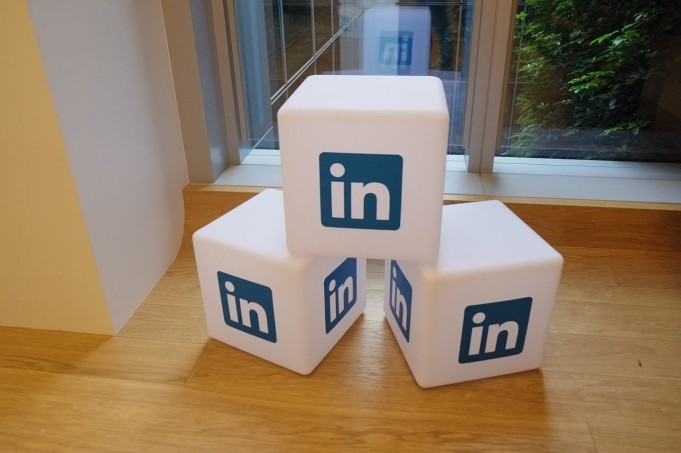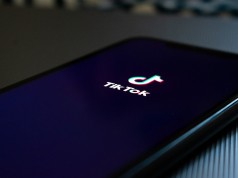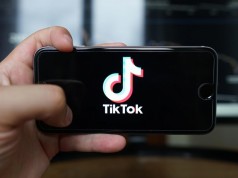LinkedIn Temporarily De-indexed from Google
As we are all aware, LinkedIn is among the most famous websites all over the world. It has over 690 million members. But even a website as huge as LinkedIn can have difficulties with Google or Search Engine Optimization (SEO). On Wednesday, May 6, 2020, LinkedIn was temporarily de-indexed from Google. It lasted for only a few hours though. It happened during the early hours on May 6. LinkedIn was temporarily dropped out of Google Search. For all of us who typed www.linkedin.com during those hours, no results appeared. The search engine showed the “did not match any results”.
For six hours, LinkedIn never existed according to Google. Also, it affected the networking traffic of LinkedIn significantly. Even though neither LinkedIn nor Google issued an official statement regarding this issue, there are some plausible reasons. Let’s look at a few reasons why LinkedIn temporarily de-indexed from Google. Several experts believe that the issue started from the side of operators of LinkedIn. If so, there are two possibilities:
Reason 1. LinkedIn used Robots.txt to Disallow Crawling
There is a possibility that LinkedIn used a robot.txt directive to block crawlers from Google. The use of the robot directive to block bots from Google is an effective way for the search engine to de-index your site. However, that impact takes time. But in the case of LinkedIn, it was immediate. So this might not have been the reason. There was a statement given by the Search Engine Journal’s Loren Baker that stated “…the immediate exit from Google’s index may be due to a Search Console removal.” Let’s have a look at another possible reason.
Reason 2. LinkedIn Might have Removed the HTTP Version of the Website
By removing the HTTP version of a site, it is possible to remove all the variations from the search engine. Something similar was seen in a tweet by John Mueller, a member from Google. Here’s the tweet:
“PSA: Removing the “HTTP://” version of your site will remove all variations (HTTP or https or www or non-www). Don’t use the removal tools for cannibalization”.
The tweet appeared in the morning on May 6, Wednesday. It overlaps with the time that LinkedIn was temporarily de-indexed from Google. It might just be pure coincidence, we will never know. But we have to agree that it makes sense.
Maybe LinkedIn was trying to canonicalize the https version of its site. But instead of that, it ended up using the search console to remove itself from Google’s search engine. Also, John Muller specifically said, “Don’t use the removal tools for cannibalization”. This theory sounds more plausible.
No one can say for sure what went wrong. But one thing is certain, it was a mistake, because LinkedIn returned to the search results of Google. It was only de-indexed for a few hours. This just shows that even the most established websites can make mistakes.









